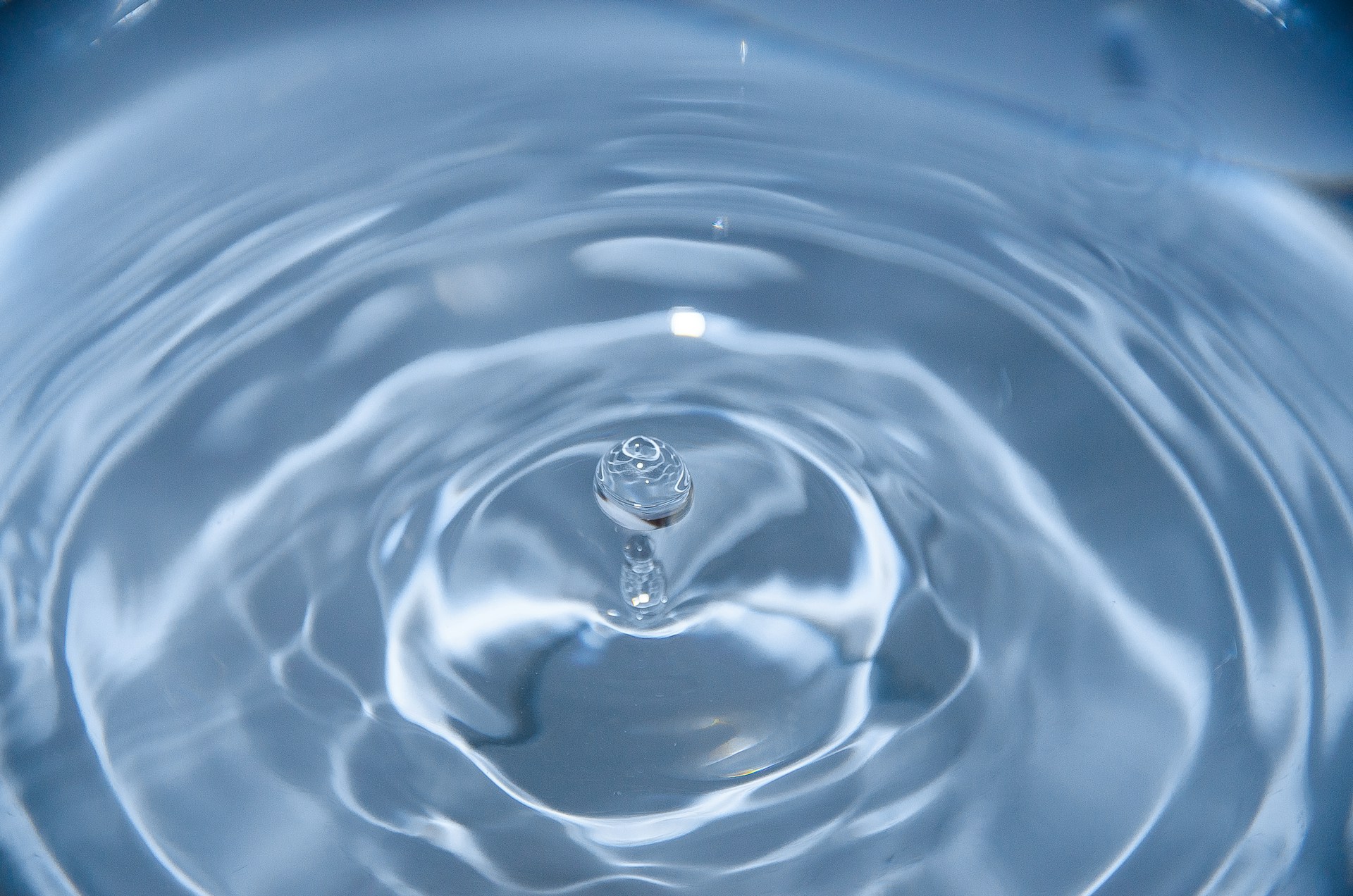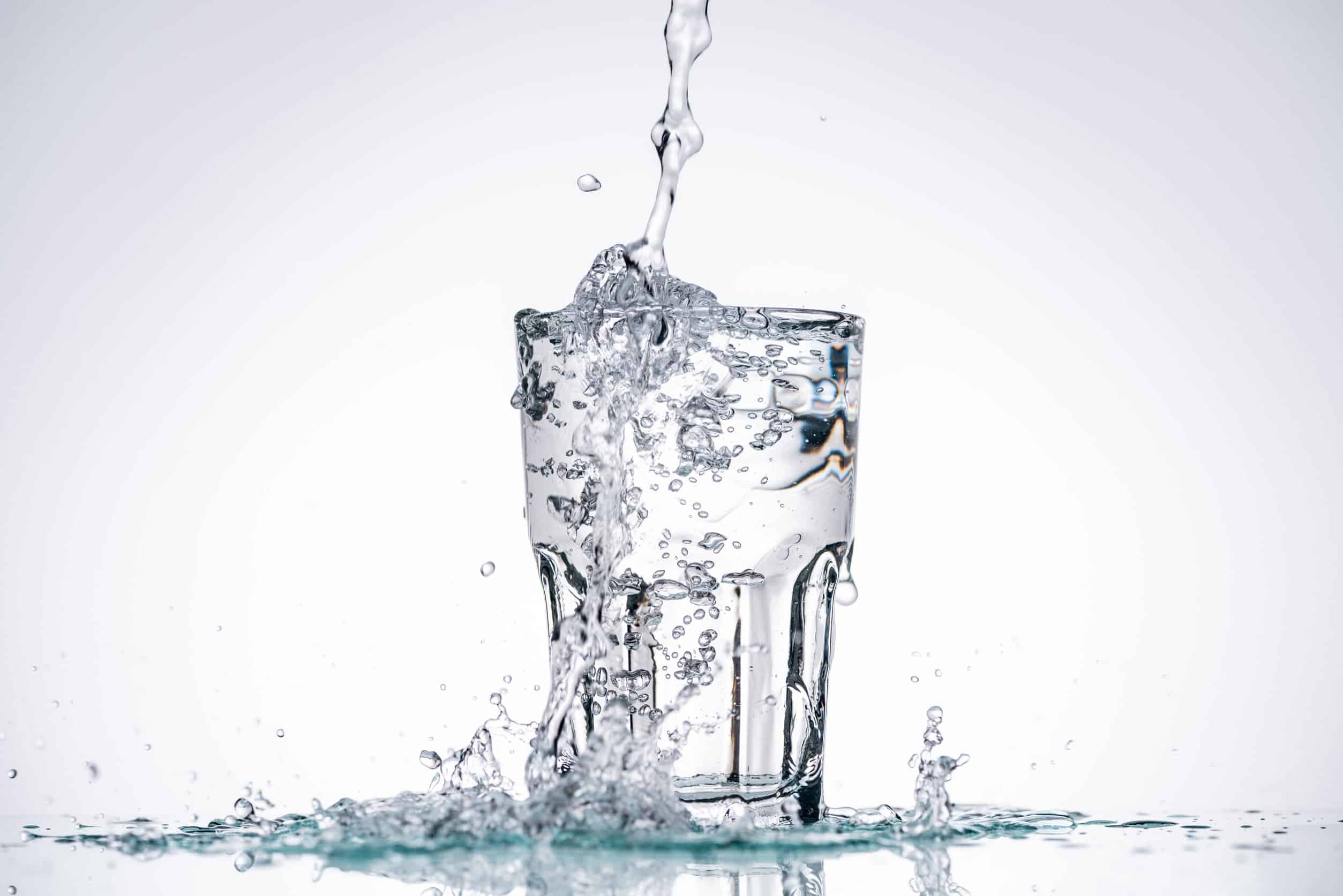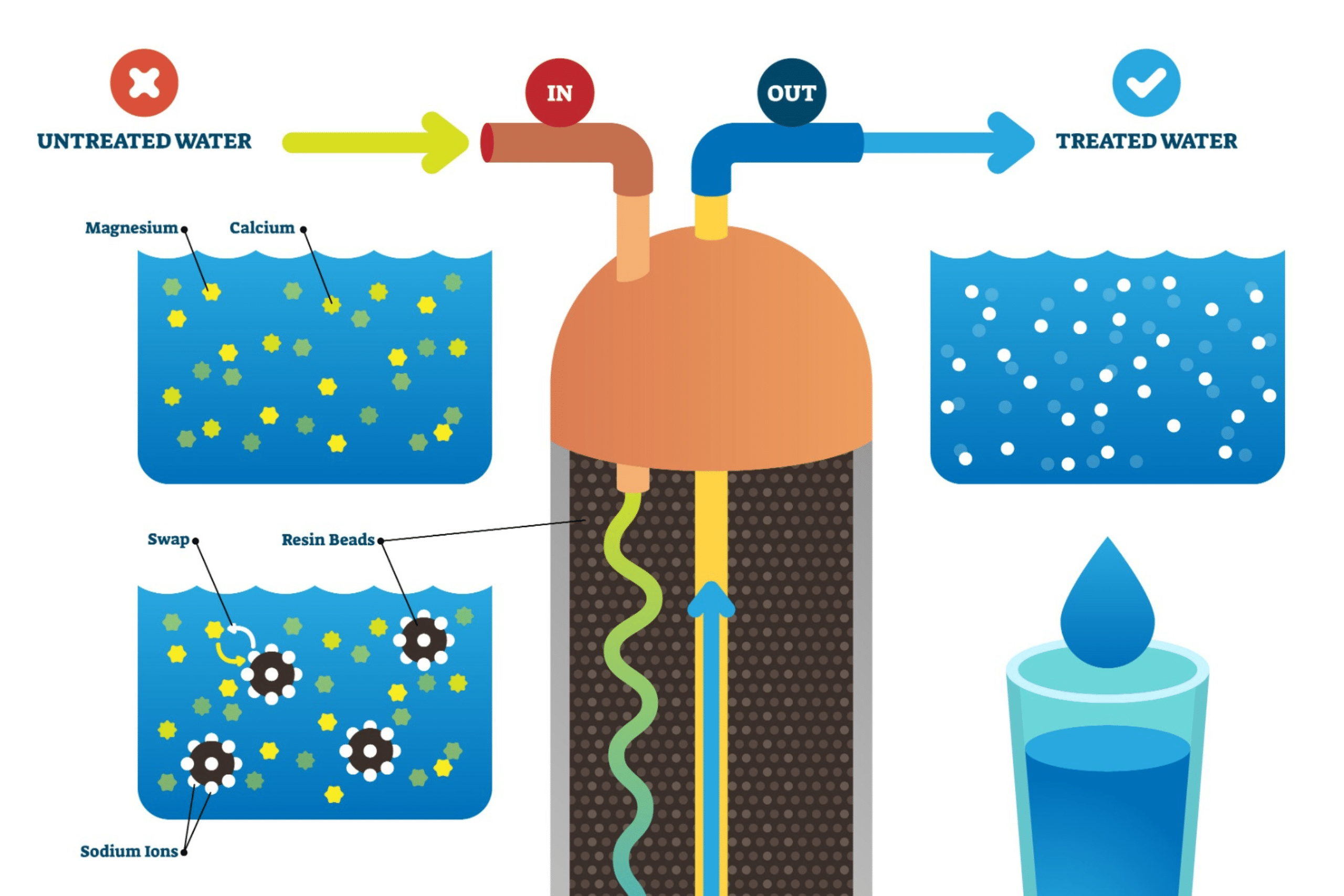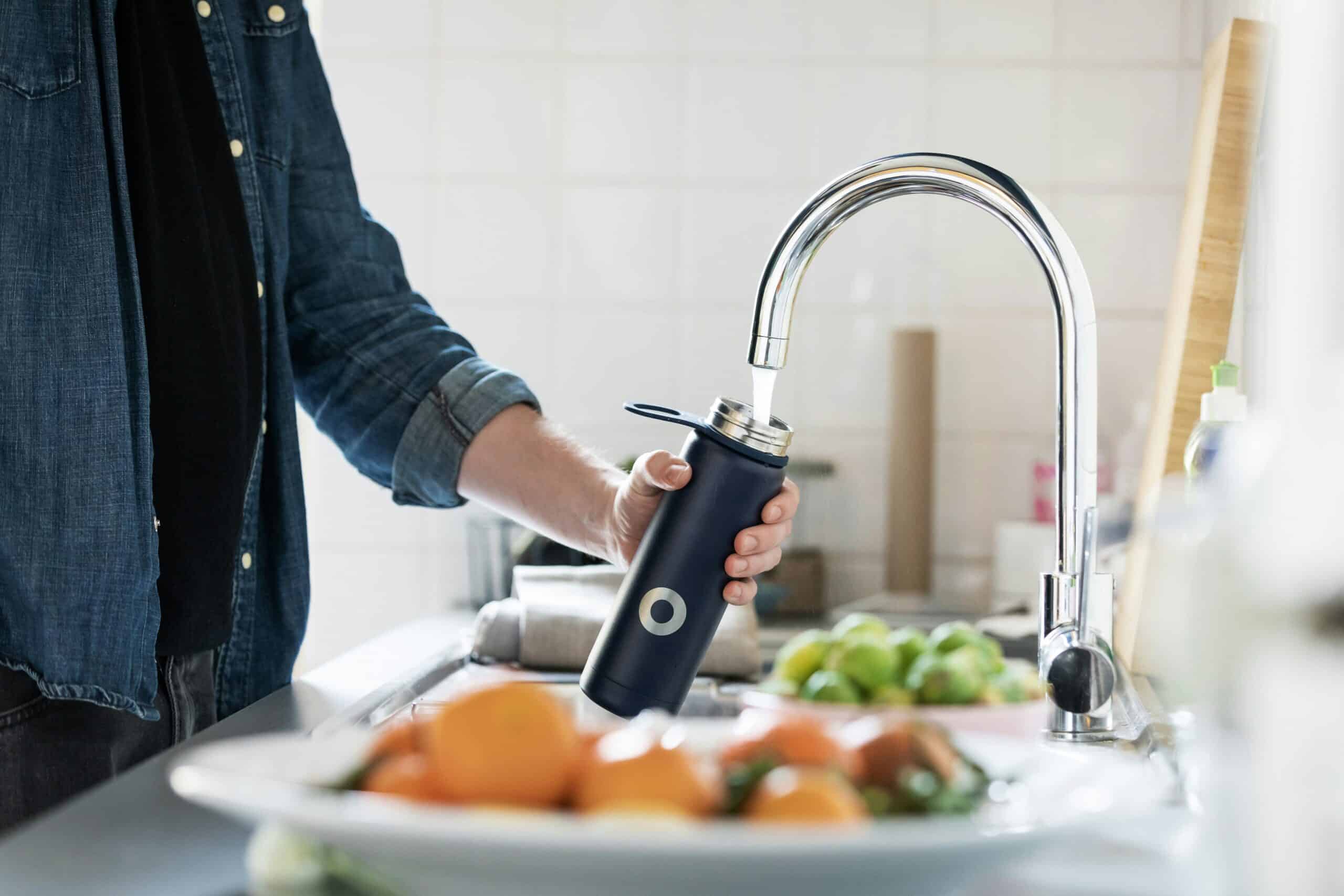Reverse Osmosis 123
In today’s world, as families become more concerned about the drinking water they are consuming, in-home water treatment devices are becoming more and more popular. Health-conscious homeowners are looking at creating their own drinking water without the negative effects, known and unknown, of the various contaminants that are found in various water supplies. One of the key players in the drinking water system movement is home reverse osmosis water systems.
A study conducted by the International Water Association found that reverse osmosis systems can remove 90 to 99.99% of contaminants from water. This includes heavy metals like lead, chlorine, and arsenic. Not only are these systems affordable and usually non-invasive to have installed, but many homeowners also realize the convenience and savings pay for the system effectively when compared to purchasing bottled water.
How Does Reverse Osmosis Work?
Reverse osmosis (RO) technology works on the principle of passing the water through a semi-permeable membrane. This is also known as an RO filter. Think of it as a very tight filter that allows water molecules to pass through. However, the minerals, chemicals, and other contaminant molecules are too large to pass through.
As water is passed through the RO water filter membrane and purified water comes through the filter, what happens to the contaminants? It’s best described as a constantly flushing filter. Reverse osmosis water filtration systems are typically designed with a drain that flushes these minerals out. This is because the contaminant molecules would quickly build up on the membrane and plug it, causing frequent expensive replacements.
Reverse osmosis membranes are often accompanied by carbon filters. They help improve the taste, and odor of the water, as well as provide protection for the membrane. Also, most common systems utilize a reserve tank. This allows you to draw out a larger amount of water on demand since membranes usually produce filtered water slowly.
RO System Benefits
Improved Taste:
One of the biggest factors in drinking enough water is having pure water that is clear, tasteful, and odor-free. If any of these are missing, we tend to not drink the amount of water we should, which is a negative thing, since the body requires sufficient hydration, and health professionals agree that water is a very important part of this hydration. The good news is, that a home RO system addresses all of these issues.
Removed Contaminants:
Contaminants like lead and PFAS are usually not detectable by taste or smell. However, because of concerns contaminants are present, we may not to drink the amount of water that we should. This can lead to opting for other choices like bottled water or other packaged drinks. But since reverse osmosis water filters are a very effective tool at reducing or eliminating many health-concerning contaminants, as well as chlorine and fluoride, this gives you the confidence that you are doing your part to provide quality drinking water for yourself and your family.
At Aquanology, we take the position of not making any health claims other than that are set forth by EPA. We do encourage you to do your own research into common contaminants and impurities found in water. Use that data to make an educated decision on what you should or should not be drinking. However, we do promote the fact that drinking plenty of water is essential to good health and is often overlooked. And that’s where we come in, bringing quality water to families to make sure that there is nothing hindering them from drinking enough of this vital substance. See this article from Mayo Clinic.
Reduced Bottled Water Purchases:
A huge benefit that many homeowners realize from a drinking water system is the freedom of not purchasing bottled water. This savings usually repays for the expense of the system in a relatively short amount of time. Also, being able to eliminate unnecessary bottled water is excellent stewardship, creating less waste and consuming less energy.
How To Choose A RO Water System For Home Use
When choosing a drinking water system for your home, keep in mind the amount of water you consume per day. Compare it to how much the system is capable of producing. Many common systems are capable of producing 30 to 50 gallons per day, and usually include about 1 1/2 gallons of storage, so that you can draw out a significant amount of water at a time. If you have a large family, and more storage would be helpful, it is usually inexpensive to add a second or third tank.
Also, you will want to consider where you will want this system installed. Some whole house reverse osmosis water filter systems are designed mainly for countertop installation. While this installation method may be easiest, many prefer to have the system installed out of the way, such as in a basement, or under a kitchen sink. From here the water can be conveniently dispensed from a dedicated drinking water faucet, or plumbed to an ice maker/refrigerator dispenser.
As far as maintenance, reverse osmosis system filters require a yearly or semiannual change for the basic carbon/sediment filters. The RO membrane element usually lasts three or more years, depending on amount of water used and incoming water quality. The need for a membrane change is usually indicated by decreased water quality, or when the system no longer produces enough of water (i.e. membrane is plugged). If interested in keeping tabs on the water quality that your system is producing, we recommend purchasing a handheld total dissolved solids (TDS) meter, to periodically test the contaminant rejection of your system. See a sample from Water Anywhere’s website.
Is A Reverse Osmosis Drinking Water System A Good Investment?
When trying to determine if an RO drinking water system will actually save you money, you will have to take a look at how much you are currently spending on drinking water. If you are currently purchasing bottled water, it’s almost certain that you are going to save significant amounts of money. This is especially true if you are purchasing for a sizable family.
You can take a look at this earlier article we wrote, where we came up with the possibility of saving up to $500 per year by investing in a reverse osmosis system compared to purchasing bottled water.
Again, this will vary per household, and how much they are currently spending in securing their water supply, but we invite you to do the research and come up with your own numbers.
Is RO Water Harmful To Health?
Here’s where the whole subject becomes a little messy. There’s a myriad of opinions available on the internet trying to outshout each other, concerning whether or not drinking water that has been purified has any side effects or not. After reading through them, it seems almost pointless to add our own thoughts to the muddy pool. However, for those who are interested in where we stand on this subject, here is our advice and rationale.
Most claims around reverse osmosis drinking water being unhealthy are based on two lines of thought:
- Reverse osmosis purified water has a low pH
- Most of the minerals are removed.
Reverse Osmosis and pH
We’ll discuss the pH issue first. As commonly known, a neutral pH is around 7. This is typically the range where water from wells and other groundwater sources is found. Water that is purified by reverse osmosis ranges in the upper 5’s to lower 6’s on the pH scale. This is definitely lower. But before we get all nervous about consuming water with a slightly lower pH, let’s dig in a little more.
Some other common liquids we consume have an even lower pH. Black coffee’s pH ranges from the upper 4’s to lower 5’s. Tomato juice has a pH in the 4 range. Canned orange juice has a pH in the mid 3’s. So are these liquids automatically unhealthy? The fact is, the pH of a liquid is rather unstable, and our body regulates the pH very tightly, even if you are consuming low pH beverages. Here’s an even more compelling piece of info: the pH of rainwater, which humans have been consuming for many years, has a pH even lower than RO water, between 5.0 and 5.5 pH.
Reverse Osmosis and Minerals
Let’s get to the question of minerals in water. If an RO system removes the “beneficial” minerals like calcium and magnesium, (as some claim) the water should be less healthy, right? Well, that depends on what we’re drinking water for… Many health professionals agree that the reason we consume water is for hydration purposes. The essential minerals our bodies need are to be sourced from the whole foods we eat. Some even state that minerals in water are not in a form the body can easily use, so therefore benefit the body little if any.
Furthermore, if we revisit the rainwater scenario we just discussed, we find that rainwater also has the minerals removed. Rainwater, which humans have used for many years, has left behind basically all minerals when it evaporates into the sky. Hence purified water is nothing new at all, it’s actually a cycle that serves the earth well.
Do people still consume rainwater today? The answer is yes! The metro area of Vancouver B.C. obtains its water supplies almost exclusively from snowmelt and rainwater from mountain areas north of the city. Since this water has minimal contact with minerals from the ground, its low mineral qualities have been somewhat preserved. This allows the Vancouver residents to enjoy water that is close to its natural atmospheric state.
Let’s think about this for a minute. Are the Vancouver locals suffering from poor health because of “water without healthy minerals?” Granted, there are many factors that affect health and well-being, but accessible data indicates that Vancouver residents are especially healthy, whether or not their exceptionally good water plays a role or not. This Wikipedia article on life expectancy for 2015 – 2017 by Canadian regions ranks Richmond, B.C. (a Vancouver suburb) at the top and Vancouver, B.C. sixth from the top.
Enough said about reverse osmosis purified water and its qualities vs. potential side effects. Hopefully, this provides you with enough of advice that you can do your own research and develop your own educated idea.
Conclusion
Water is a vital substance for sustaining human life. There are impurities that can make our water less healthy, but in reality, not everyone has contaminated water. For some, a drinking water reverse osmosis system may be a key player in providing safe water for the family. For other people it may not be necessary.
The key here is not to make uneducated decisions. Test your water to determine if anything needs to be addressed. Review the water test data accumulated by your public water provider. And don’t resort to overspending on wasteful bottled water supplies if you have the means to provide your own purified water.
And if you don’t like the taste of your water, definitely do something! There’s a good chance that you are not consuming enough of this essential substance. Especially if you find that you really can’t appreciate the flavor of your tap water. Your own in-house drinking water system should be easy to maintain and definitely more convenient than hauling water.
At Aquanology, we provide various methods of water filtration and water testing. From basic sediment filtration to more advanced carbon filtration and reverse osmosis filtration for home use, we have solutions. Contact us today.







